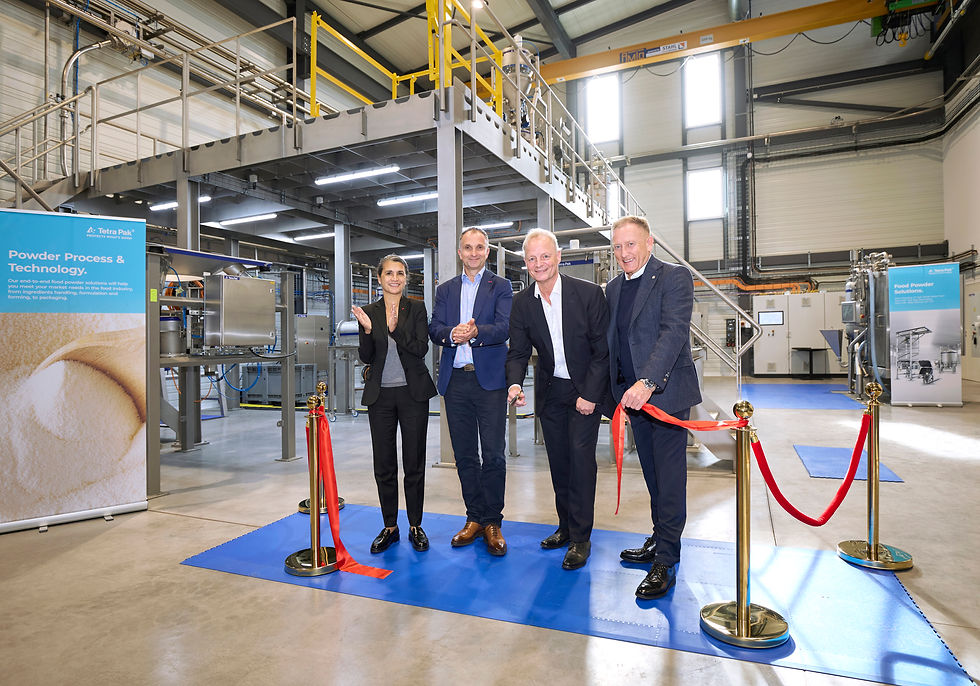The latest news, trends, analysis, interviews and podcasts from the global food and beverage industry
Tetra Pak has joined the European Commission Graphene Flagship project as the exclusive representative from the packaging industry to explore possible future applications of graphene in food and beverage manufacturing. Graphene is a carbon-based material that is around 200 stronger than steel. It is an excellent conductor of heat, electricity and has a wide range of light absorption abilities. As part of the programme, packaging material innovations are being examined to see how graphene could offer coatings to reduce carbon footprint in the packaging supply chain. Tetra Pak said that with the development of smart packaging, graphene’s ultra-thin flexible sensors can be integrated to packages as data carriers for producers, retailers and consumers. Graphene sensors can also be smaller, lighter and less expensive than traditional sensors. The company will also look into how graphene composites can be used to make equipment lighter and more energy-efficient. “Tetra Pak’s involvement with the European Graphene Flagship is one example of our ambition to drive innovation to the next level,” said Sara De Simoni, VP equipment engineering, Tetra Pak. “It is a privilege to be the only representative from our industry in this research initiative and puts us at the cutting edge to address challenges through multidisciplinary research and development together with our industry partners.” Prof Konstantin Novoselov, physicist and Nobel Prize winner, said: “Graphene has the potential to revolutionise a range of processes and industries. Since Graphene’s first isolation in 2004, we have seen tremendous success and marketplace application of the material within electronics and automotive industries, I’m looking forward to the next phase of the Graphene Flagship and exploring potential innovations in the packaging industry.”













.jpg)
